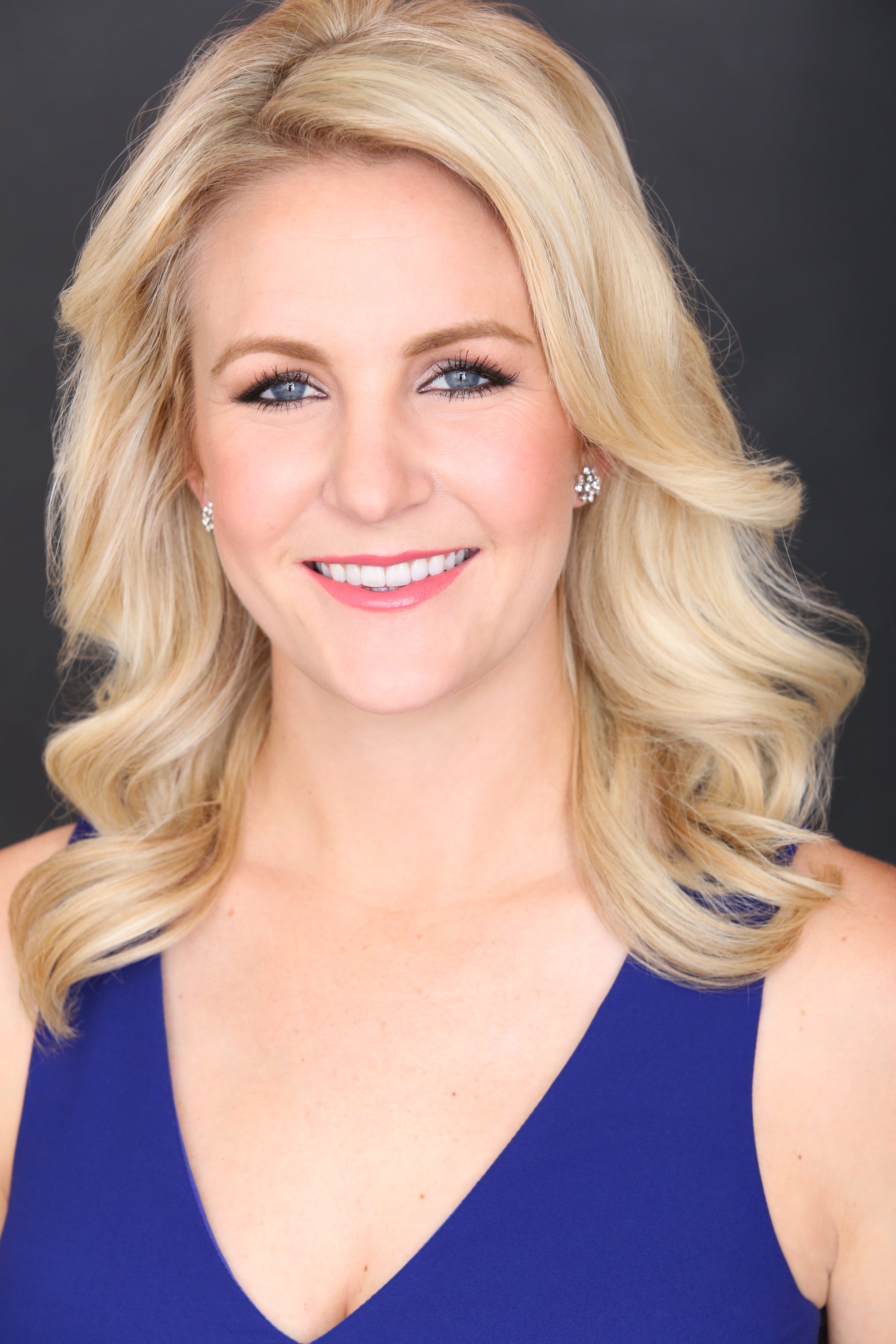Stewart Cink shot a 7-under 64 on Thursday to take a three-stroke lead after the first round of the Charles Schwab Cup Championship.
Why this common green-reading strategy doesn’t work, according to a Top 100 Teacher


Don’t fall for this common green-reading myth.
Getty Images
If you play golf, you’ve likely heard this one before: If you’re unsure of which way a green breaks, look around for the nearest body of water, because that’s where the ball will want to travel.
According to GOLF Top 100 Teacher Carol Preisinger, that’s simply not true, and using the idea as a part of your green-reading strategy won’t garner a good result.
“A putt’s break has nothing to do with where water is,” Preisinger told me at the GOLF Top 100 Teacher Summit at Pinehurst. “It’s all about where that section of the green that you’re on is sloped. A ball cannot defy gravity.”
For example, on a right-to-left putt with the ocean on the right, the ocean does not negate the break of the green. “The ball is not going to go toward the ocean,” Preisinger said. “It’s going to break left.”
Presisnger said there’s a lot of “folklore” in the world of golf that modern research and 3D analysis has debunked.
“I’ve learned so much about contour, reading greens, tilt and time,” Presinger said of her long teaching career. “I wish I’d known yeas ago how to feel slope with my feet and know that the direction of the slope, the amount of slope and the time the ball’s rolling on the green, those three factors are what make a ball break.”
Preisinger is an Aimpoint-certified instructor. Aimpoint is a three-step green-reading system that has been adopted by many of the world’s best players. You can learn more about Aimpoint here.


